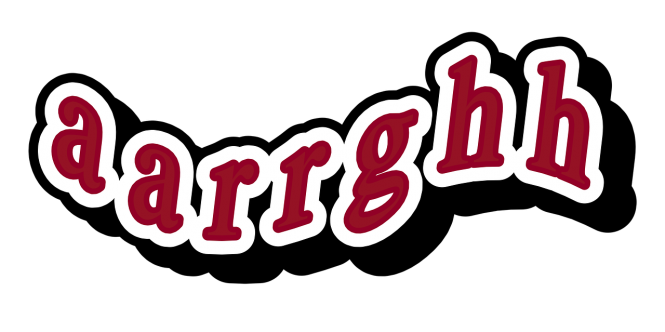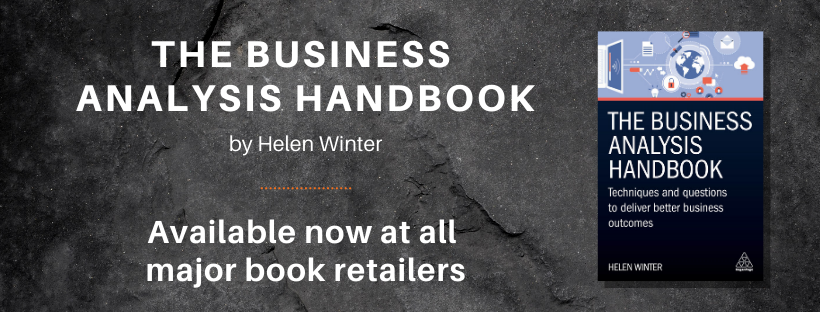
One of the benefits of having a business analyst on the team is that they can ensure what has been discussed and agreed is written down to ensure a common consensus and understanding. They can also ensure there is no ambiguity or gaps by elicitation from all impacted stakeholders, other sources of information and conducting analysis.
However, all this good work can be done to then find challenges in getting the different parties to read and understand the documentation. This can be either business stakeholders or with the stakeholders delivering the solution.
This can lead to:
- A lack of understanding to what the requirements are
- Disagreements
- Missing requirements
- Gold plated requirements
- Etc.
There are several techniques that can be used to alleviate these problems
- Ensure stakeholders involved early in the process so they are taken through the journey so less of leap for them when it comes to reading the documented output.
- Organise walkthrough sessions or at least give all interested parties an opportunity to be walked through the documentation.
- Requirement documents should not be 100 pages and full of text. Make sure you make use of diagrams as a diagram can be easier to explain and involves far less narrative.
- If it is going to be difficult to get a stakeholder or group of stakeholders to read a document consider putting the key points into power point slides to present back to them.
- Ensure documentation sign off. A stakeholder is more likely to read a document and ensure they understand it if they have to put their name to it.
- Make use of story boards, wire frames or prototypes if applicable in the design stage. This can really bring to life what stakeholders want and be less abstract.
- Construct a traceability matrix and conduct regular reviews to ensure solution being designed / built matches against the requirements. This will then highlight quickly where there are gaps.
Thoughts? Questions? Please share in the comments.


Hi Helen, you sum up the techniques to help prevent a painful approval of requirements by stakeholders very well! I personally believe that if you have them on the journey from the start at which time you also set expectations in terms of requirements review and approval approaches, then half the battle is often won. I also find that it helps a great deal when senior managers are fully engaged and that their subordinates know the expectation is that they fully engage throughout the requirements review and sign off process. It is not always that clear cut in the real world but something to aspire to. I like you proposal of using images / diagrams too – the old saying of a picture says a thousand words are very true in our world of business analysis. Thank you for a great blog article.
Thanks Esta. Also really liked your article https://business-analysis-excellence.com/business-analysts-three-secrets-stakeholder-relationships-delights/
Hi Helen,
Concise and precise. After reading through your article I was comprehending and then suddenly ready your short Bio. Wow! Impressive! I am glad I came across your article and your bio.
Thank you
Hi Malli,
Thanks for the feedback. Pleased you found it useful.
Regards, Helen